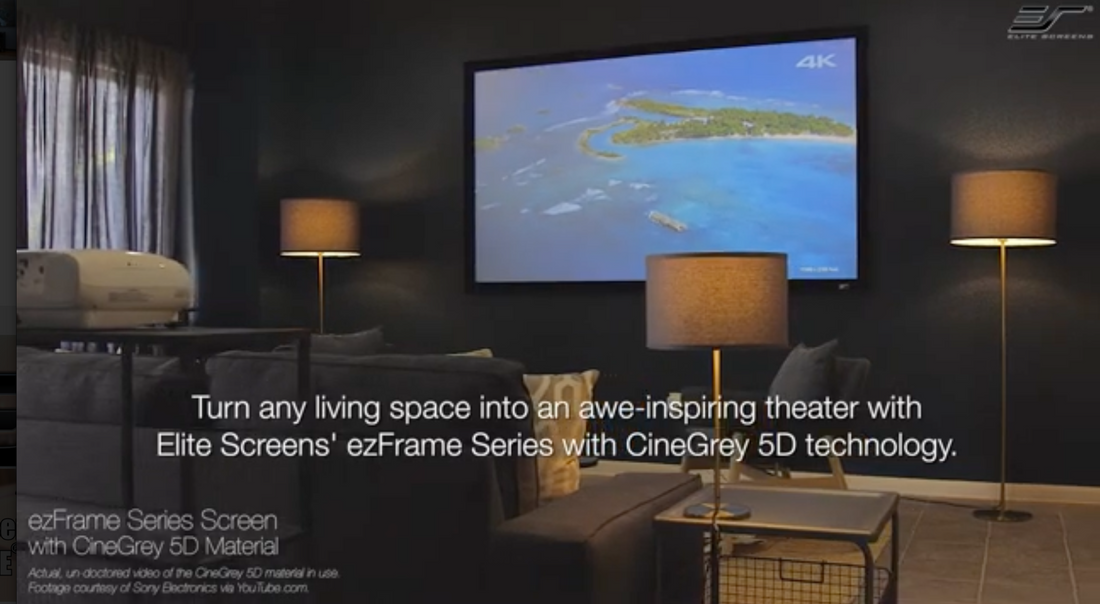
3D Projectors and Glasses: Essential Guide Before Making a Purchase
Share
In recent times, the expansion of 3D video content by filmmakers and digital content creators has amplified the demand for consumer access to a comprehensive 3D viewing experience. This surge has particularly intrigued home theater enthusiasts, prompting them to consider investing in a 3D projector.
To elucidate and shed more light on this subject, this article aims to address some pivotal queries:
1. Can 3D movies be watched on a projector?
2. What distinguishes projectors that can play 3D movies? Understanding "3D Ready" and "Full HD 3D."
3. How to optimize and enhance the comfort and realism of the 3D viewing experience.
4. Selecting the most appropriate 3D glasses to complement your projector.
### Can 3D movies be watched on a projector?
Yes, 3D movies can be viewed on a projector similar to flat-screen displays. Various projectors available in the market support 3D viewing. The challenge lies in discerning which projectors cater to 3D viewing.
### What type of projectors can play 3D movies?
**Understanding "3D Ready":**
There isn't a standardized terminology for 3D projectors, making it challenging for consumers to identify projectors that support 3D viewing. The term "3D Ready" signifies that a projector supports at least one of the available 3D input formats, offering seamless 3D viewing capabilities.
**What is "Full HD 3D"?**
The phrase "Full HD 3D" serves as marketing jargon to highlight projectors that support Full HD resolution and are 3D ready. Similarly, "Full 3D" doesn't denote any distinctive 3D feature but indicates compatibility with Full HD 3D.
### Enhancing the 3D viewing experience:
To ensure the best quality in terms of comfort and image while watching a 3D movie, understanding the basics of 3D is essential.
The underlying principle behind 3D video involves providing slightly different views to each eye, simulating the sense of depth—known as stereoscopic vision. The quality of the 3D video is reliant on various elements such as the format of the 3D video, the glasses used, and the overall quality of the projector.
### 3D Signal Format:
Three primary formats—Side-by-Side, Top-and-Bottom, and Frame Packing—are used to transmit 3D video, influencing the quality of the 3D image.
- **Side-by-Side:** Splits frames into left and right images for each eye, reducing the resolution.
- **Top-and-Bottom:** Similar to Side-by-Side but horizontally splits frames.
- **Frame Packing:** Retains the full resolution of each frame, minimizing image degradation.
### Choosing the right 3D glasses:
**Passive 3D Glasses:**
- Utilize polarized lenses for viewing.
- Economical but potentially compromise image quality due to filtering effects.
- Requires a polarizing module for compatibility, adding to costs.
**Active 3D Glasses:**
- Use rapid lens opacity changes for frame-based projection.
- More expensive but offer higher-quality image compatibility.
- No need for additional modules, making them more cost-effective for projector use.
When considering active 3D glasses, aligning the glasses' manufacturer with that of the projector is ideal for seamless compatibility. Factors like response time, transmittance, viewing angle, and contrast ratio contribute to a more immersive viewing experience.
In conclusion, navigating the world of 3D projectors and glasses involves understanding their operational aspects and aligning personal preferences with the viewing experience. The choice of equipment, be it the projector or the glasses, depends on individual needs and priorities.
 Explore Electric Projection Screens
Explore Electric Projection Screens Electric Floor-Up Screens
Electric Floor-Up Screens Explore High Contrast Screens
Explore High Contrast Screens Explore Screen Materials
Explore Screen Materials Frame Projection Screens
Frame Projection Screens Explore All Portable Screens
Explore All Portable Screens Explore All Manual Screens
Explore All Manual Screens English
English German
German French
French Spanish
Spanish Italian
Italian Netherland
Netherland